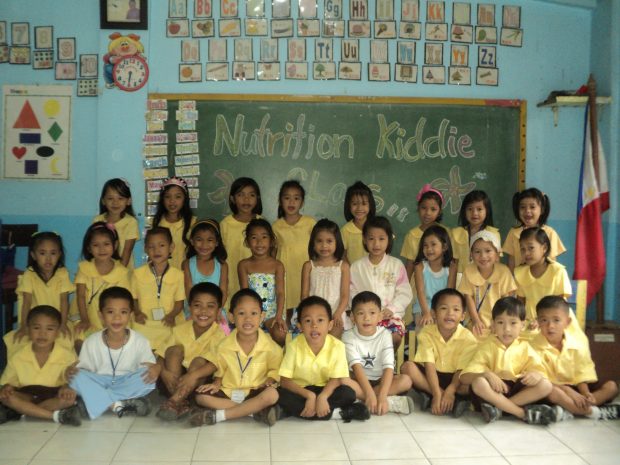Philippines Style Kindergartens
There are about 11.5 million Filipino children aged 0-4 years. This number represents 10.7% of the total Philippine population. It means there are both a great challenge and opportunity for the Philippine educational system, as that age range represents the pre-school stage.
The pre-school stage is very important, as various studies have pointed out; during this period, children experience the greatest growth and development, including physical, mental and emotional. Brain development has been proven to be the fastest in this 0-4 year. It is also widely accepted that the child forms the basic foundations of his identity, world perspective, and moral beliefs. It is therefore important that all parents, teachers, and caregivers are given the right guidance on how to teach and form the minds and behaviors of pre-school children.
The Philippine government has accepted this big responsibility and has passed several laws to ensure that pre-school is given adequate attention and government support. As early as 1991, the country already crafted an “Education For All” (EFA) plan which is based on the Early Childhood Care and Development (ECCD) framework. The plan was in response to UNESCO’s international call for EFA which is to be achieved by 2015. By 2000, Republic Act (RA) 8980 was passed and ECCD became a national law, which emphasized the role of local governments in supporting a National System for ECCD. This law affirmed the role of parents as the child’s “primary caregiver and first teachers”.
In 2011, RA 10157 was enacted as national law and it was called “The Kindergarten Education Law”. Based on the law, kindergarten became. The spirit of the law was to give “equal opportunities for all children to avail of accessible kindergarten education”. The law made kindergarten a requirement for children to enter Grade 1 of the formal education system; in this way, children are better prepared to experience school learning.
In 2013, the Philippines passed RA 10410 or the “Early Years Act”, establishing age 0-8 as the “first crucial stage of educational development.” This law established and strengthened the “early childhood care and development” (ECCD) Council to design and implement community-based and family-level programs for children, including education, nutrition, values formation.
There are both public and private kindergartens in the Philippines. Government-run kindergartens are free and are available in major cities, big towns, and provincial capitals. These kindergartens are part of the public school system which is annually supported by the government with a certain budget. Moreover, most books, learning materials, and uniforms are free. If the city or local government has enough funds, they are also able to provide food and nutrition services. However, this is not true for all the Philippines. In fact, some of the poorer areas or far-away islands are not able to provide kindergarten services at all.
Then there are private school kindergartens. These places are more expensive; in fact, only rich families are able to send their children there. The learning materials and curriculum here are state-of-the-art, with a very low student-teacher ratio. The private-run schools do not depend on government support but rely on the payment of their clients. They offer better services and equipment and are more responsive to the needs of the children. Some kindergartens even offer specialized services for foreigners based in the Philippines, to prepare their children for international school institutions.
The Philippine government has given high attention to the needs of children. There are enough policies and laws. However, the financial, infrastructure and human resources are not enough to respond to the huge needs of the growing population of Filipinos. There are still lots of things to improve regarding kindergarten education in the Philippines.

























































